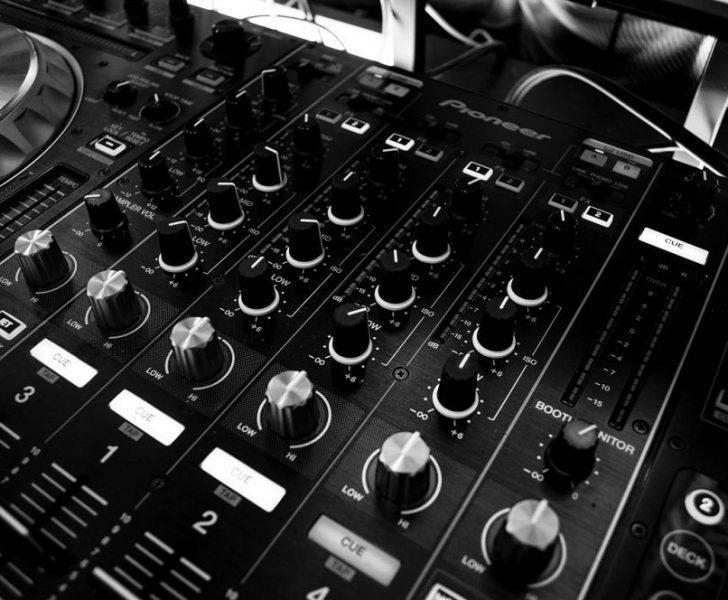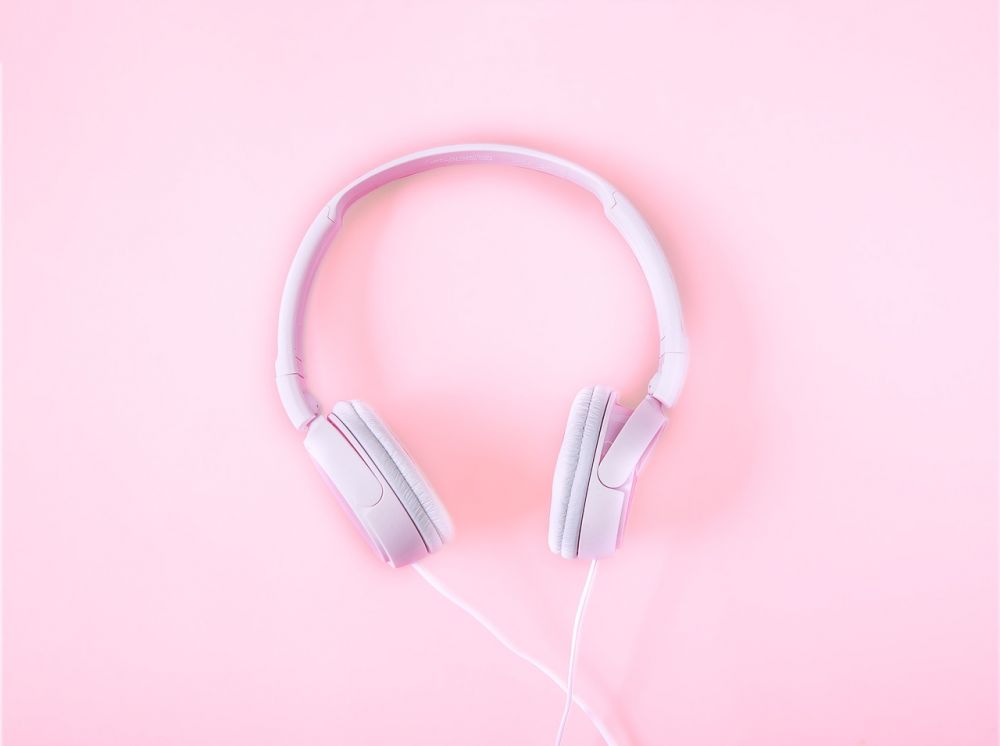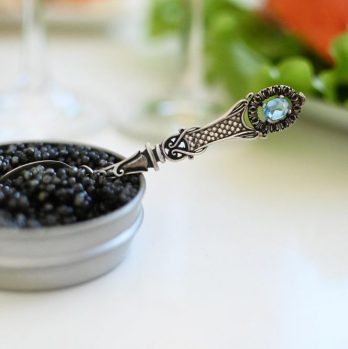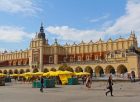{{ Festival Outfits – Navigating the Realm of Style and Expression}}

{{ Festival Outfits – Navigating the Realm of Style and Expression}}
{{ An Overview of Festival Outfits}}

Festival outfits have become an integral part of the festival experience, allowing attendees to express their individuality and creativity. These ensembles often combine various styles, colors, and accessories to create a distinct look that captures the spirit of the event. A festival outfit is more than just clothing; it is a means to immerse oneself fully in the festive atmosphere, to stand out from the crowd, and to celebrate the experience to the fullest.
{{ Exploring Festival Outfit Options}}
When it comes to festival outfits, the options are virtually endless. Different types of festival outfits cater to various preferences and styles. Let’s take a closer look at some popular choices:
1. Bohemian Chic: This style embraces flowing fabrics, earthy colors, and intricate patterns. It often incorporates elements such as wide-brimmed hats, fringe details, and layered jewelry.
2. Rave Ready: For those seeking a more vibrant and energetic style, rave outfits are the way to go. Neon colors, shiny metallics, and glow-in-the-dark accessories dominate this genre.
3. Vintage Vibes: Nostalgia takes center stage with vintage-inspired festival outfits. These outfits often feature retro prints, high-waisted shorts, and crop tops, capturing the fashion trends of past decades.
4. Tribal Fusion: Drawing inspiration from various cultures, tribal fusion outfits combine eclectic prints, feathers, and bold accessories to create an exotic and ethereal look.
{{ Quantifying the Impact of Festival Outfits}}
The influence of festival outfits can be seen in the significant growth of the festival fashion industry. According to a recent study, the global festival clothing market is projected to reach a value of $4.8 billion by 2025. This surge in demand is driven by the desire to express creativity and individuality through fashion while attending these events.
Fashion trends and online presence also play a crucial role in quantifying the impact of festival outfits. Social media platforms are flooded with hashtags such as festivalfashion and ootd (outfit of the day), showcasing festival-goers’ unique style choices. Brands have capitalized on this trend by collaborating with influencers and sponsoring festival-related content, further solidifying the significance of festival outfits in today’s culture.
{{ The Distinctiveness of Festival Outfits}}
One of the defining features of festival outfits is their ability to differ from day-to-day fashion. Festival-goers often embrace more experimental and unconventional styles that they might not otherwise wear in their daily lives. The freedom of expression that festivals provide allows individuals to step out of their comfort zones and explore new fashion territories.
Moreover, festival outfits are distinguished by their emphasis on comfort and practicality. As festivals often involve long hours of standing, dancing, and navigating through crowds, attendees opt for lightweight fabrics, comfortable shoes, and functional accessories to ensure they can fully enjoy the experience without compromising on style.
{{ A Historical Perspective on the Pros and Cons of Festival Outfits}}
Throughout history, festival outfits have been subject to both praise and criticism. On one hand, festival fashion provides an opportunity for self-expression and contributes to the vibrant and inclusive atmosphere of festivals. It allows individuals to break free from societal norms and embrace their authentic selves. Festival outfits can also foster a sense of community, as attendees often bond over their shared love for creativity and unique style.
On the other hand, festival outfits have faced backlash for cultural appropriation and promoting excessive consumption. Some argue that certain festival outfits appropriate sacred symbols or traditional attire without a proper understanding or appreciation of their cultural significance. Additionally, the fast fashion industry’s production of inexpensive festival clothing has contributed to environmental concerns, as these garments are often discarded after a single use, leading to waste and pollution.
While festival outfits undoubtedly add to the overall atmosphere and excitement of these events, it is important to engage in a thoughtful and respectful approach when curating festival ensembles. By balancing individual expression, cultural appreciation, and sustainability, festival-goers can create outfits that celebrate both personal style and the spirit of the festival.
In conclusion, festival outfits captivate the imagination and allow individuals to create extraordinary ensembles that reflect their personalities and immerse them fully in the festival experience. From bohemian chic to tribal fusion, the diverse array of festival outfit options ensures that there is something for everyone. As the festival fashion industry continues to thrive, it is essential for festival-goers to strike a balance between self-expression, cultural sensitivity, and sustainability, ensuring that their festival outfits truly embody the spirit of celebration.











